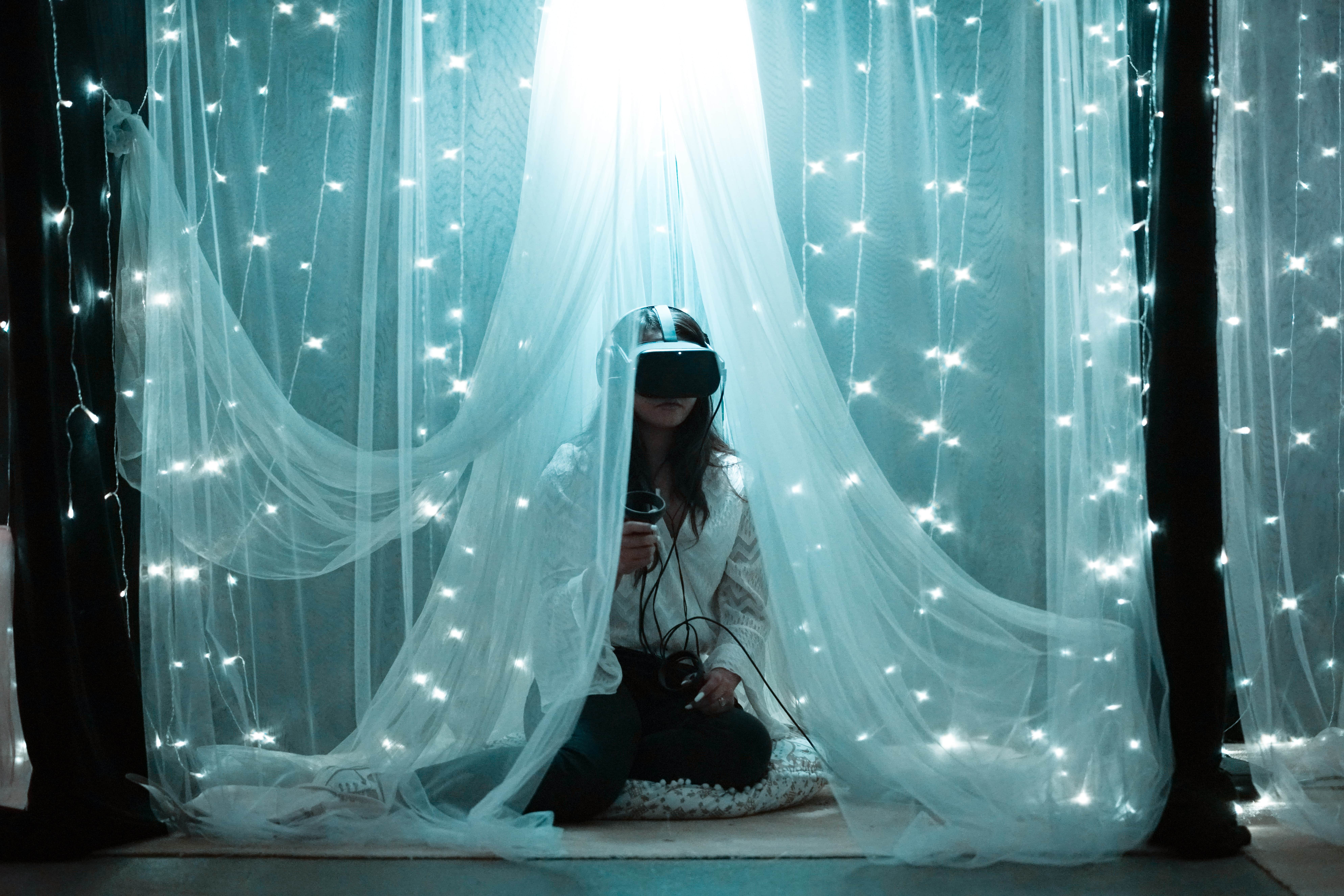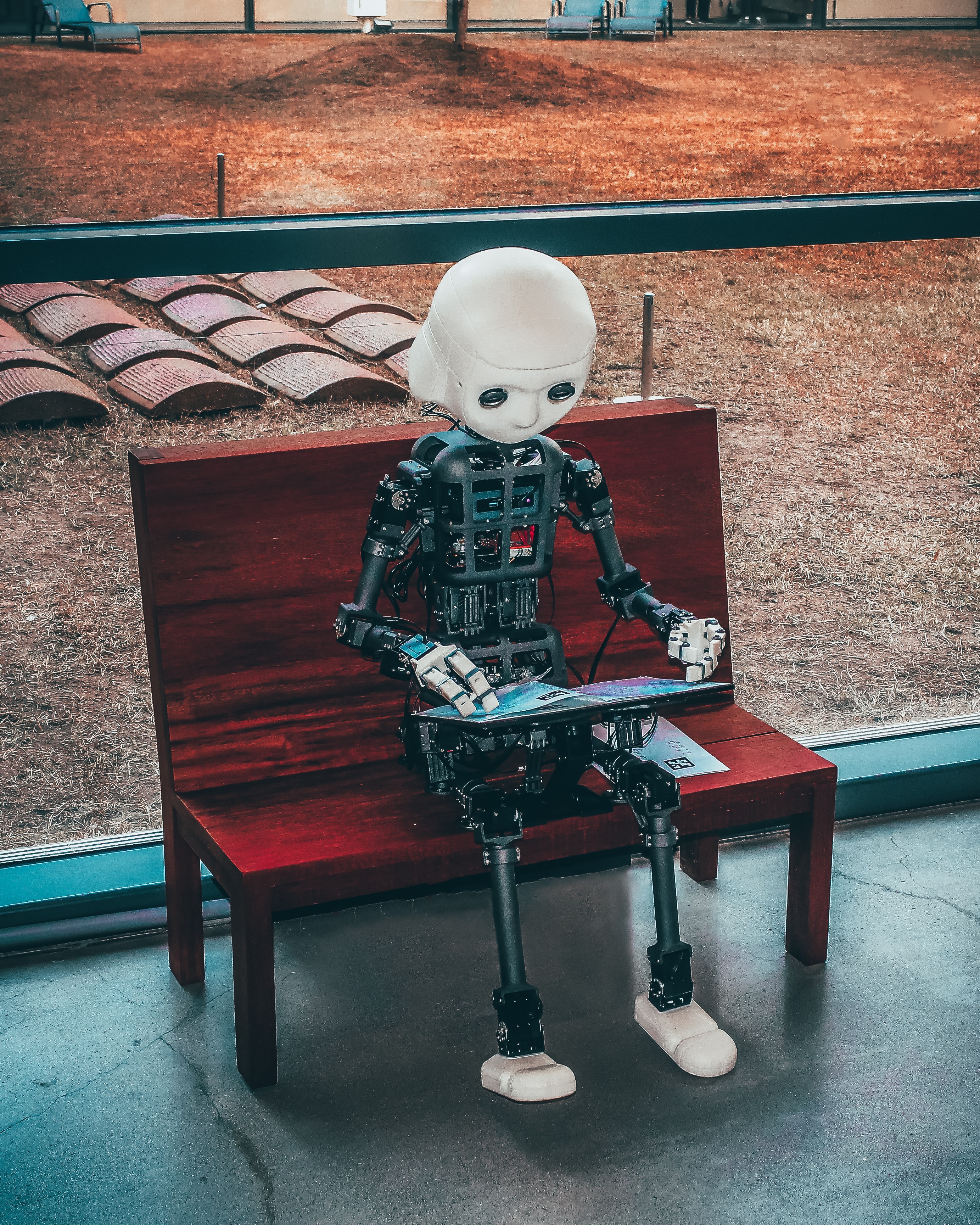How Artificial Intelligence is Learning to Have Fun

Artificial Intelligence technology has been moving at an almost alarming rate for the past few years. We only have to think back a decade or so ago to reach a time when the very idea of artificial intelligence was totally futuristic. We imagined having humanoid servants running our houses for us, or uprising and taking over the world. As it happens, we thankfully haven't got to that stage just yet, but one thing that most laymen wouldn't have predicted is that by 2020, artificial intelligence would be having what can only be described as fun.
The idea of having fun is such a human concept that it's incredible to think that AI has progressed that far, but it certainly has. Whole areas of study exist in this area now, enough to make it a genuine job prospect for many. Here are some of the things that AI has been doing to unwind in its spare time.
Playing Casino Games
Just last year the NTM Las Vegas artificial intelligence was learning how to have fun with a game of European Roulette. Roulette is a hugely popular game that can either be accessed online, or in-person in casino settings. In this instance, the robot was playing online, placing bets on red or green only. The robot was about as successful as a human would be, but it would be interesting to see how it performed if it was allowed the full range of possible bets.
An AI that has also been having fun with casino games comes from DeepStack. This team created AI that learned how to play poker and could win with regularity against professional poker players. Not only did the AI perform well in all of its tests, but the more it played, the better it got. This shows that the AI is capable of learning on the job, so if it keeps this hobby up, who knows which poker tournament it might win in the future!
Creating Legitimate Works of Art

Sitting down to start an artwork
Image Credit: Unsplash.com
Art is a topic within the Artificial intelligence realm that fascinates so many people. One of the wonderful things about art is that it is subjective and it connects us to other people in an emotional way. The idea of a computer program creating art of its own might seem cheap to some of us, but when you think about the way that AI learns to make art, the waters become muddied. A cooperative in Shoreditch, London came together to teach an AI how to create 'good' art. They showed the artificial intelligence of human art from the span of around 1500 years. As anyone who's been to art school will know, that is exactly how trained artists learn.
Once it has viewed the artworks and taken inspiration from the ones that appealed to it, artificial intelligence began to create pieces of its own. It took elements in the art movements that evoked emotion and managed to create a style that was complete of its own. These works are pleasant to look at, with interesting compositions and rich colour palettes. To the untrained eye, it would be absolutely impossible to know that they were created by artificial intelligence rather than a human being. The makers are selling the works, each one being a totally unique piece and available for around $150.
Enjoying a Book
One of life's simple pleasures is sitting down on a deckchair, in a sunny garden with a cold drink and a great book. So many of us choose reading as our preferred way to relax and it's no surprise, it is wonderful. Being able to escape into a fantasy world, conjured up by a great mind is one of the simple joys of being human, so, naturally, artificial intelligence wanted to know what all of that was about. Some of the reading that artificial intelligence has been doing has been with the aim of being able to provide humans with a condensed version, as in the work of SummarizeBot. Other artificial intelligence has been reading books, plays and websites with the aim of being able to write in their style. Some of the outcomes have been nothing short of hilarious, but some pieces have been terrifyingly realistic.
(Devdiscourse's journalists were not involved in the production of this article. The facts and opinions appearing in the article do not reflect the views of Devdiscourse and Devdiscourse does not claim any responsibility for the same.)










